This is quite a long explanatory post, so here's the take home message:
VALID represents a responsible body of competent professional Duty Holders, Validators, and Basic Validators who would agree there were no Obvious Tree Risk Features on the Cherry tree in Hoyle v Hampshire County Council. This tree did not have any obvious defects. All the so called defects were natural features.
Here's how we get there
The Bolitho Test is a new one for us, which we think is profoundly important. From the recent Hoyle v Hampshire County Council Judgment in the UK:
"Principal issues for determination
Para 32
(iii) was Mr. Soffe's/Mr. Power's VTA of tree 572 such that no competent Tree Inspector would have completed it in this way.
Para 114
…the Claimant must show that no responsible body of competent professional tree inspectors would have come to the conclusions and made the recommendations…
(Bolitho v City & Hackney Health Authority)"
What's a responsible body of competent professional tree inspectors?
This is saying for the claim of negligence to stick, for an edge tree, with a natural lean and asymmetric crown, without noteworthy buttressing on the sheltered side, next to a ditch, to be considered anything other than normal features, NO competent Arborist would agree with this.
Or to put it another way. EVERY other competent Arborist would need to agree that an edge tree, with a lean and asymmetric crown, without noteworthy buttressing on the sheltered side, next to a ditch, are not normal features. That they're a catalogue of 'obvious defects' that means you need to explore for roots on the sheltered side.
Strategy - your first line of defence
In VALID's Tree Risk-Benefit Management Strategies, we define what obvious risk features we're looking for in a tree (the word defect does not appear in any of the Strategies because it's a begging the question fallacy). The Obvious Tree Risk Features Guide is a free resource that's released under a creative commons license. Anyone is welcome to use it.
Nothing to see here
An edge tree, with a lean, asymmetric crown, lack of noteworthy buttressing on the sheltered side, next to a ditch has NO Obvious Tree Risk Features.
How many competent professionals?
Now, we're tree risk experts, not lawyers. But, reading about The Bolitho Test, it looks like the weight of a 'responsible body of competent professionals' needs to be more than AN Other. Which is fine, because if we took a random sample of 100 Validators, (responsible body of competent professionals) we'd be surprised if any of them would've taken a closer look at the Cherry tree.
The Cherry tree was an Acceptable risk at a Passive level of assessment, and at a Basic level of Active Assessment.
What lies beneath
We know Ivy (and other vegetation that obscures the stem) can cause concern amongst some Arborists who assess tree risk. They feel they have to remove this vegetation because of what risk feature it might hide. We disagree, unless there's an Obvious Tree Risk Feature to trigger it's removal. This example from the Government Agency Strategy describes how a Validator deals with this kind of vegetation when carrying out an Active Assessment at a Basic level.
"We won't remove climbing plants, undergrowth, basal epicormic growth, or cut hedgerows to get a closer look unless there's an Obvious Tree Risk Feature. It's only if we find these features the costs of removing vegetation, and loss of habitat benefits, are justified."
A responsible body of competent professionals
We've got a large and growing international group of Duty Holders, Validators, and Basic Validators (responsible body of competent professionals) who manage and assess tree risk without removing vegetation, unless there's a trigger to justify it.
No matter how many natural features are being labelled as obvious defects because they appeared in a recent Judgment, Inquest, or Enforcement, and added to tree inspection training programs and publications, VALID is happy to share a responsible body of competent professionals that would take a very different view when it comes to managing and assessing tree risk.

.png)